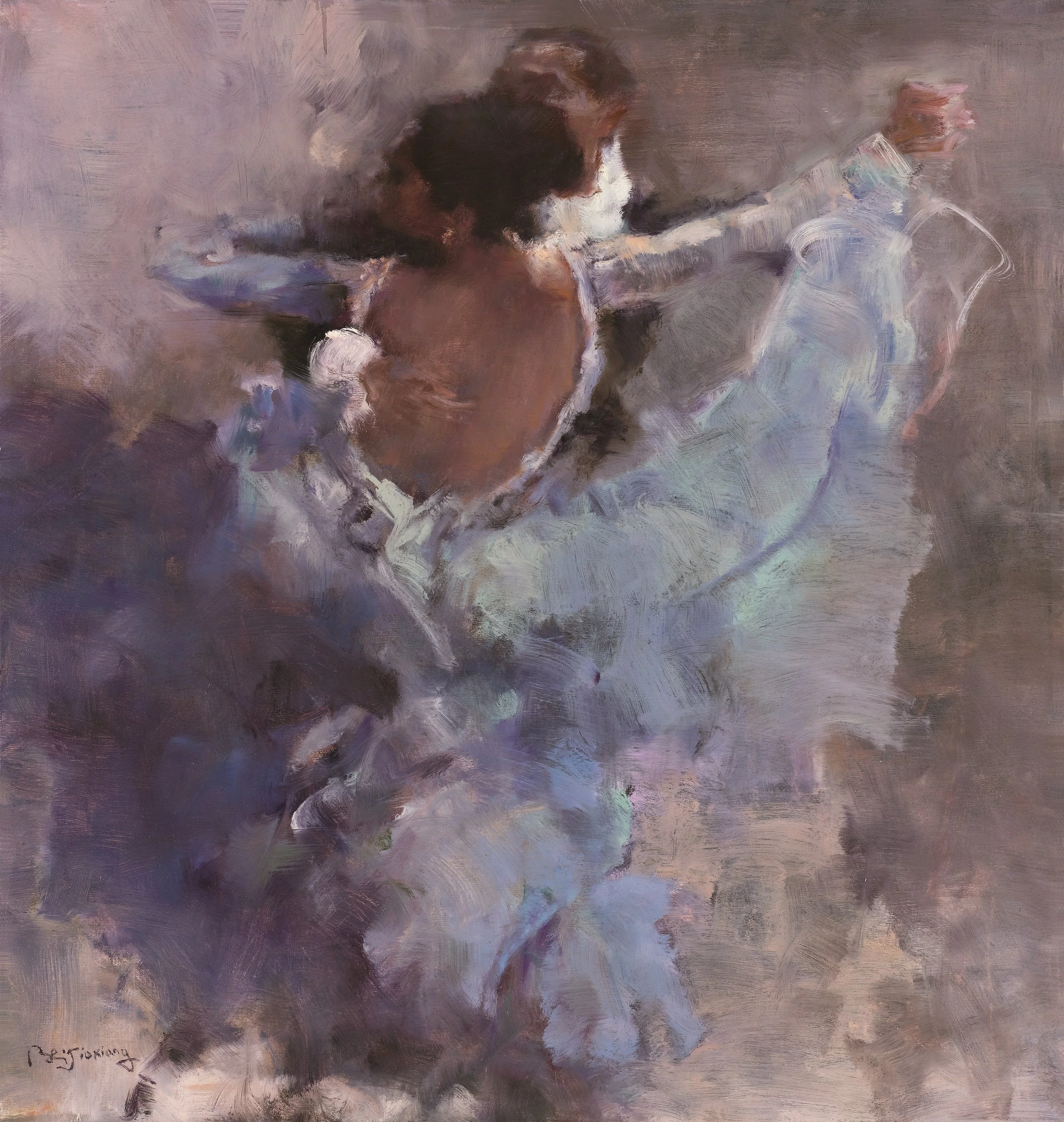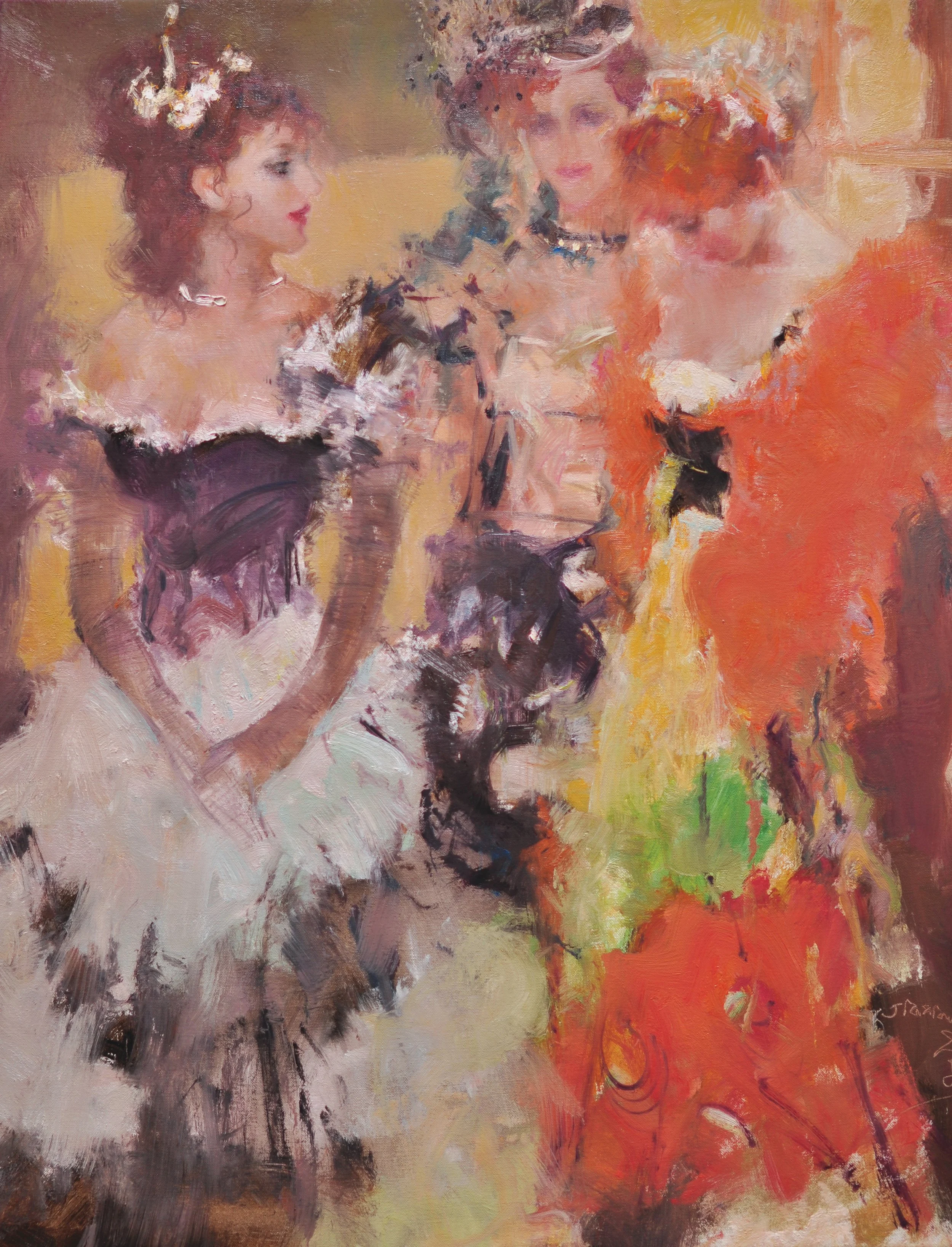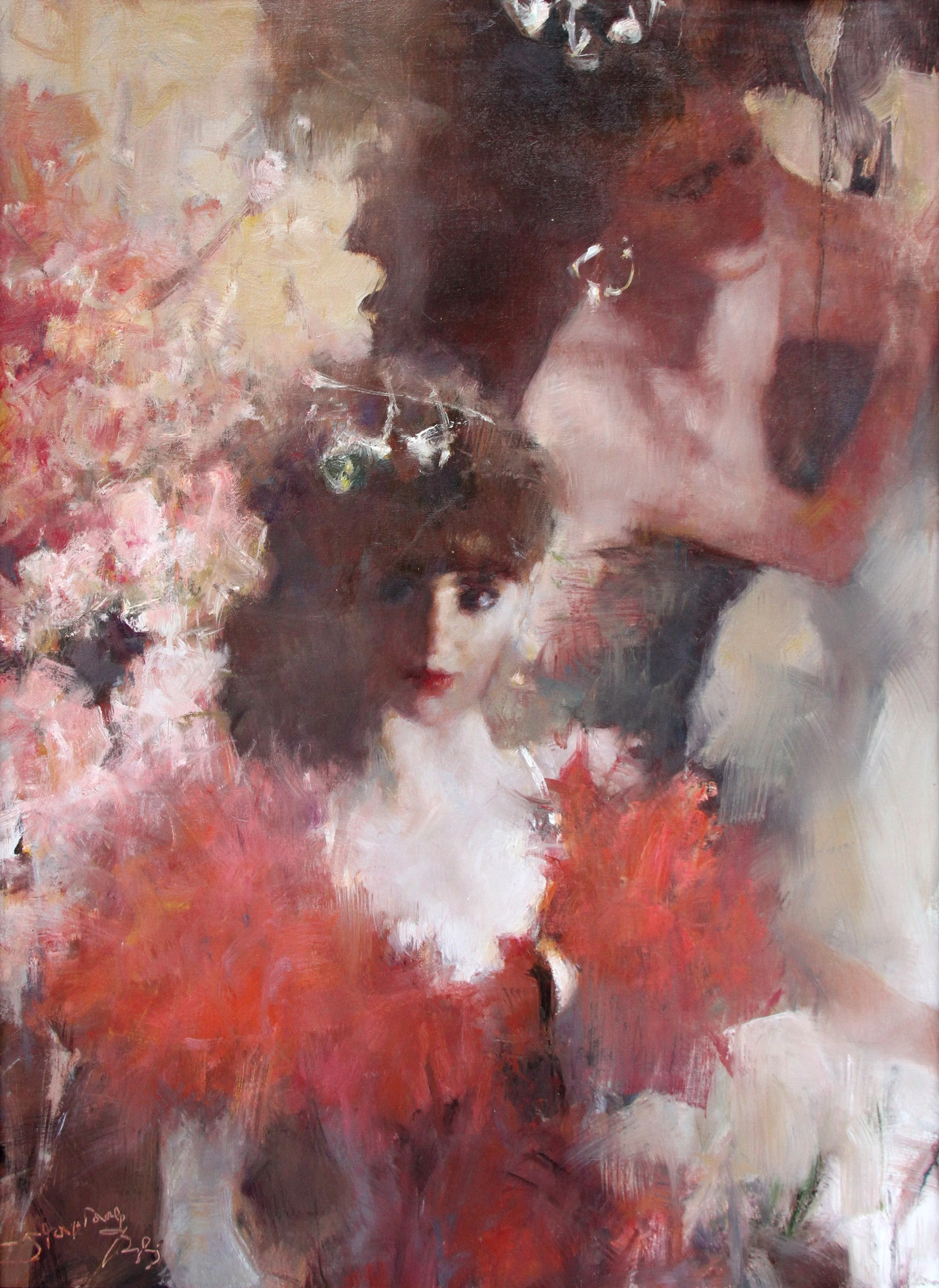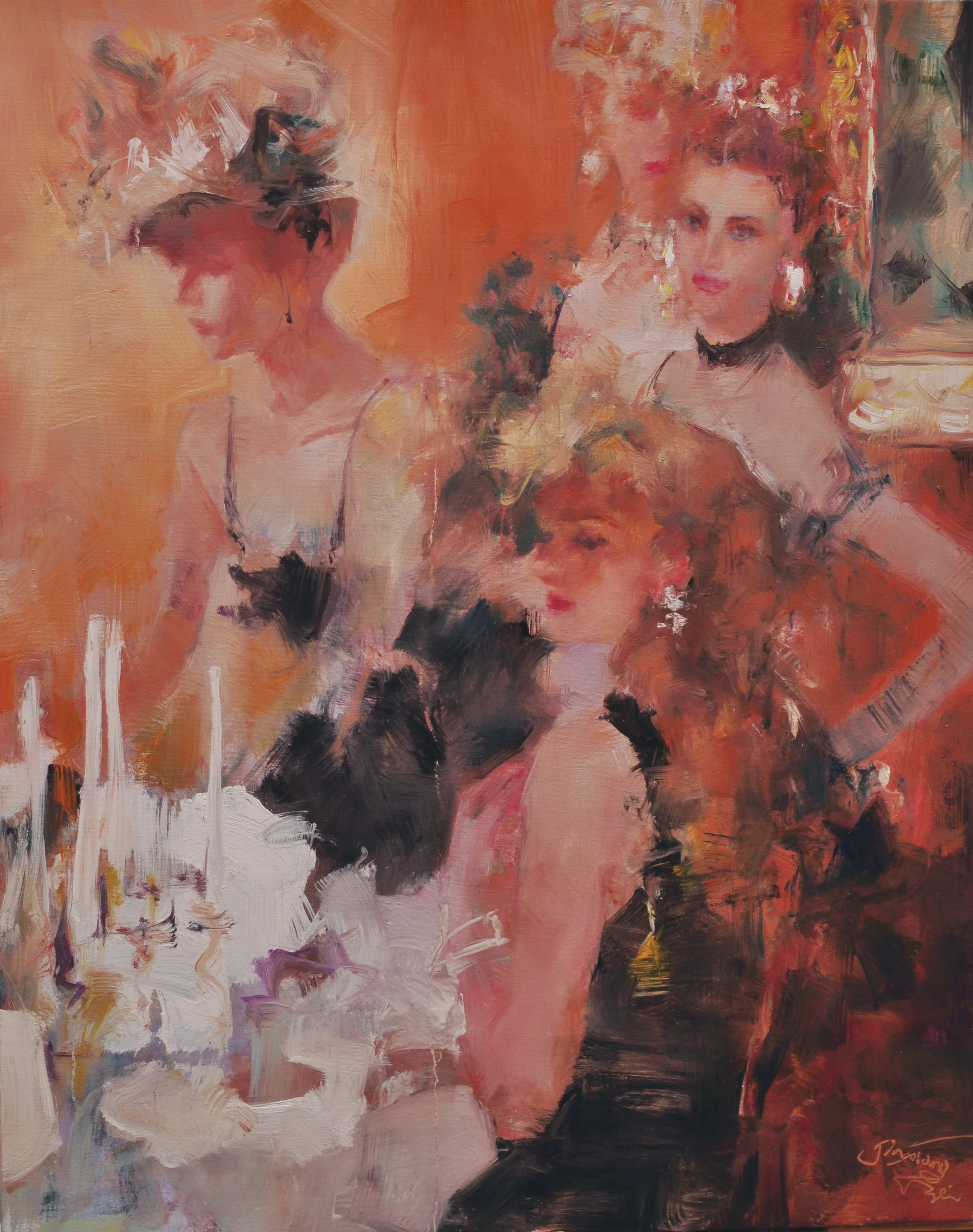
“Beauty is not in the face; beauty is a light in the heart.”
— Iris Murdoch
Lost in the aura of HER presence…
-
Fans Reflect Gown (Collected)
Oil on Canvas
94×100 cm
2015
-
Social Star
Oil on Canvas
74×95 cm
2014
-
Gazing Before Brocade (Collected)
Oil on Canvas
74×100 cm
2014
-
Converging Gazes
Oil on Canvas
80×100 cm
2014
-

Looking Away (Collected)
Oil on Canvas
150×153 cm
2014
-

The Startled Rear
Oil on Canvas
180×190 cm
2014
-

The Fan (Collected)
Oil on Canvas
61×76 cm
2014
-

In Anticipation (Collected)
Oil on Canvas
61×76 cm
2014
-

Labrador (Collected)
Oil on Canvas
73×91 cm
2014
-
Time
Oil on Canvas
73×92 cm
2015
-

Friends 01
Oil on Canvas
73×91 cm
2014
-

Friends 02 (Collected)
Oil on Canvas
75×102 cm
2014
-
Soirée
Oil on Canvas
112×163 cm
2015
-

Astonishing Elegance
Oil on Canvas
176×193 cm
2014
-

The Social Vortex
Oil on Canvas
150×153 cm
2014
-

The Ball
Oil on Canvas
186×150 cm
2016
-

Airy Steps 01
Oil on Canvas
95×100 cm
2016
-

Airy Steps 02
Oil on Canvas
95×100 cm
2016
-

Airy Steps 03
Oil on Canvas
95×100 cm
2016
-

Airy Steps 04
Oil on Canvas
95×100 cm
2016
-

Airy Steps 05
Oil on Canvas
95×100 cm
2016
-

Airy Steps 06
Oil on Canvas
95×100 cm
2016
-

Airy Steps 07
Oil on Canvas
95×100 cm
2016
-

Airy Steps 08
Oil on Canvas
95×100 cm
2016
-

Airy Steps 09
Oil on Canvas
95×100 cm
2016

Artwork Interpretation
BEI Jiaxiang weaves an aesthetic network of overlapping Eastern grace and Western modernity using oil paint as thread, transforming the elegant figures moving between shikumen (stone gate buildings) and cafes into visual clues for interpreting the genes of Shanghai-school culture.
The depiction of socialites in the paintings commonly showcases them from a three-quarter profile. This classical composition, rooted in Renaissance portraiture, creates a wonderful chemical reaction with the background format in Chinese screen. In the Ladies series, BEI’s palette seems to be immersed in the morning mist of the Bund, with low-saturation hues such as soft apricot, lotus pink, and raven green blending on the canvas to evoke a sense of timeworn patina. Departing from the use of highly saturated colours, the colour configuration in the style of Degas more suits the elegant silhouettes by the Huangpu River—pearlescent whites and rosy pinks leap against a grey-toned base, both subtly capturing the glossy sheen of the qipao satin and providing a tender reflection on an elapsing era.
The palette knife evokes the flowing textures of noble satin in Sargent’s works; yet, when depicting brocade patterns, the suddenly overlaid thick strokes impart a tangible quality to the designs. The partially retained natural flax colour resembles the yellowed edges of old photographs, creating a metaphor of temporal folding within the layers of colour, forming a “faded aesthetics”.
The Ladies series acts like a prism, reflecting the eclectic nature of Shanghai-school culture into an aesthetic experience with universal value. BEI Jiaxiang neither falls into nostalgia’s sentimental mire nor slides into the spectacle of Orientalism, but constructs an aesthetic bridge connecting Klein blue with blue-and-white porcelain, Bauhaus design with Suzhou embroidery at the limits of oil painting language. When viewers gaze into the eyes of the depicted socialite, always looking beyond the canvas, they see not only the phantom of old Shanghai but also the eternal vitality that erupts from cultural hybridity.









